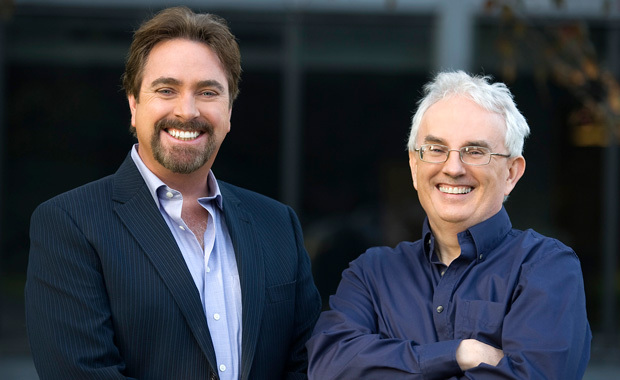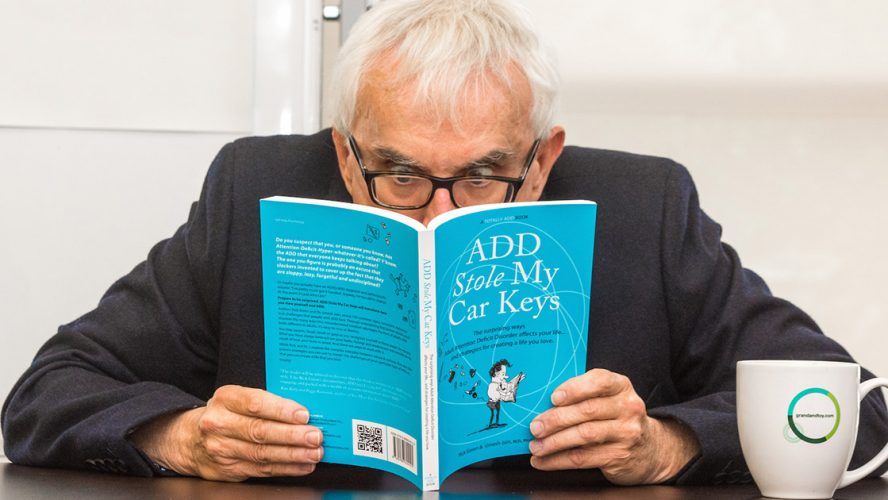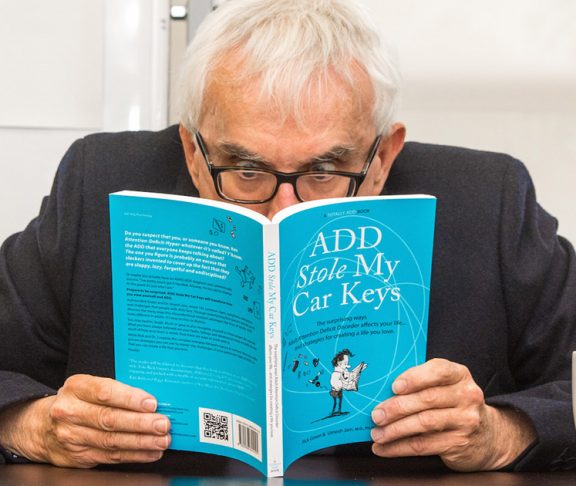Joseph* was 17 years old when his years of struggle with focus and concentration finally led him to see a psychiatrist and receive a diagnosis of Attention Deficit Hyperactivity Disorder (ADHD). Among those with ADHD, reluctance to seek help is common, and many wait much longer than Joseph did, with terrible and avoidable consequences.
What is ADHD?
ADHD is a neurodevelopmental disorder that hinders the brain’s ability to organize and focus on tasks. It results in chronic inattention and impulsivity that can negatively affect every area of life, from school to personal relationships to physical health. The good news is that it is eminently treatable. The bad news is that many avoid diagnosis due to fear or stigma, whether external or internal. “I’d been having issues for a long time before I sought help,” Joseph says. “I avoided seeking help not because of external stigma, but because that wasn’t the way I saw myself.”
The costs of this disorder are huge, and the tragedy of it is that it’s very treatable. There is so much that you can do.
Rick Green, Founder of Totally ADD
For Joseph though, as for many others, receiving the diagnosis was an inflection point toward a better life, even before treatment began. “A lot of things fell into place after that diagnosis,” Joseph says. “It put me in a place where I was able to deal with a specific defined issue. That in itself was a big help.”
This is a story you hear over and over again when you speak to people who were diagnosed with ADHD in adulthood or late adolescence. Legendary Canadian comedian Rick Green, co-creator of The Red Green Show, didn’t seek an evaluation for ADHD until he was in his forties, and the diagnosis was a revelation. “When I was diagnosed at age 47, it was like finding myself,” says Green, who is today a vocal ADHD advocate and founder of the website Totally ADD. “It explained so much. It explained why I had written 700 episodes of radio and television skit comedy, but had only written one screenplay in my life despite having dozens of ideas.”

Rick, like many adults, had never really considered the possibility that the issues he had struggled with might have a definable cause. It wasn’t until his son was diagnosed that he decided to be evaluated himself. Had that not happened, he may well have lived the rest of his life not knowing, as so many Canadians with ADHD do. “The majority of adults who have ADHD are undiagnosed,” says Green. “They don’t see how it has affected their marriage, their finances, their impulsive decision-making, and their inability to finish the thousand and one projects they’ve started. The costs of this disorder are huge, and the tragedy of it is that it’s very treatable. There is so much that you can do.”
Once treatment removes that barrier [of ADHD], there is no limit to what they can accomplish.
Rick Green, Founder of Totally ADD
One disorder, many solutions
Treatment strategies are as varied as the patients they treat. Some people have great success with meditation and mindfulness, others with cognitive-behavioural therapy, and others with medication.
“The medications, when they work, are amazing,” says Green. “They won’t finish projects for you, but they allow you to have the same chance as everyone else. They level the playing field.”
And that’s all that people with ADHD need. They’re as smart, as driven, and as capable as anyone else, but they’ve been held back from accomplishing their goals by a very real and very treatable brain disorder. Once treatment removes that barrier, there is no limit to what they can accomplish. Just ask Joseph, who is today living his dream as a junior at Harvard University.
“I’m certain I wouldn’t be where I am today if I hadn’t received this diagnosis and gotten help,” Joseph says. “I would encourage everyone to reject the fallacy that there is a negative consequence to seeking help.”
* Name changed for patient confidentiality purposes. Both parties featured in this article are real people experiencing ADHD and have agreed to advocate for awareness. Neither participant has received any personal, direct financial payment for their participation in the production and publication of this article.



